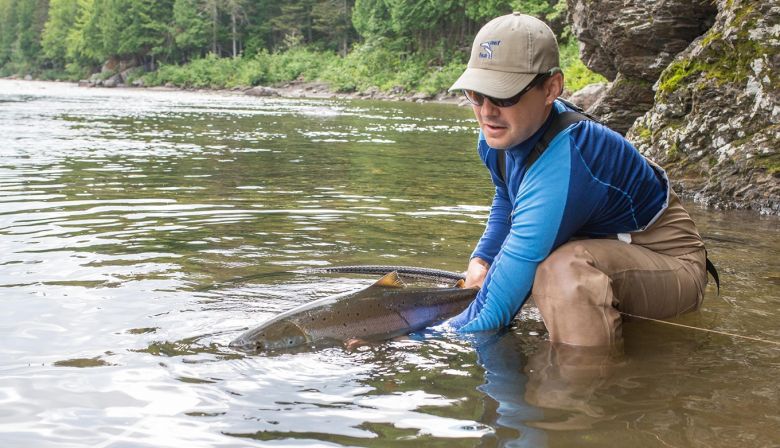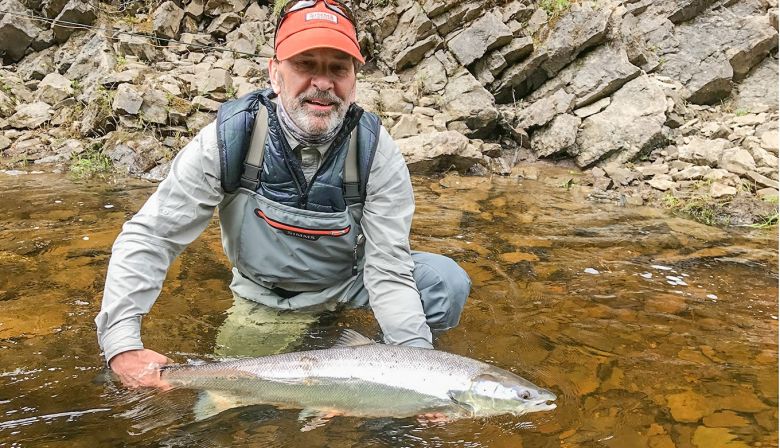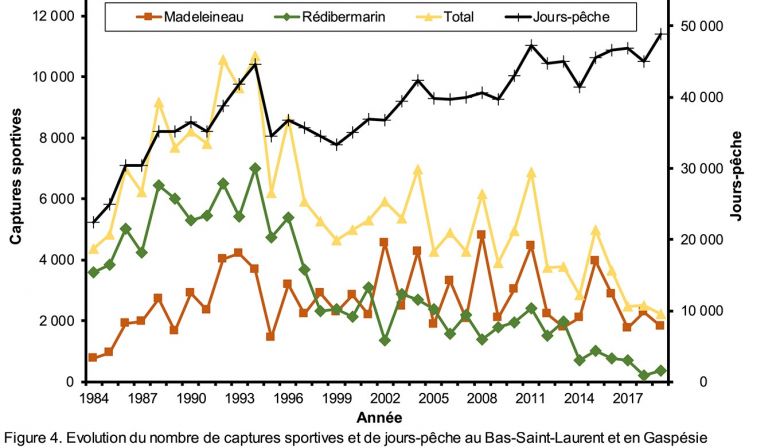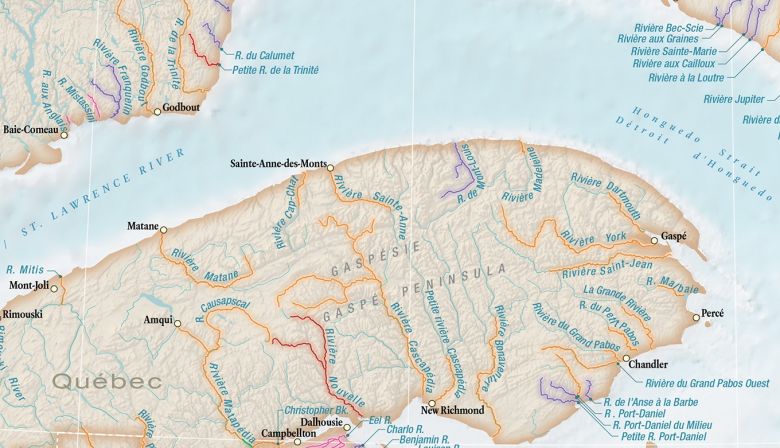Last year, anglers in Quebec harvested 1,184 large salmon and just over 3,000 grilse. By comparison 12,686 fish were counted as released, likely a minimum estimate as anglers are not required to report when they let a fish go.
The harvest of large salmon in Quebec is closely watched under the provinces 10-year salmon management plan introduced in 2016. On monitored rivers, minus a few exceptions, no big spawners can be taken by anglers until a mid-season review is conducted and scientists are confident that enough fish have already entered the river to meet optimal spawning targets.
Beginning in 2018, Quebec took further measures to limit the take of large salmon by reducing the number of tags issued with each license. In previous years anglers received seven tags good for grilse or large salmon. That number has been reduced to four, with only a single tag valid for fish over 63-centimetres. The result has been a significant reduction in the number of large salmon harvested by anglers – down 48 per cent since the current management plan came into force.
TOO MUCH OF A GOOD THING?
There are practical reasons for this, including accessibility, reputation, and personal preference, but it begs the question – can the province’s progressive management system accommodate increased interest and still nurture some of the healthiest returns in North America? So far, so good, perhaps providing lessons for other jurisdictions looking to revitalize the sport of salmon angling.
For the full report on 2019 salmon fishing in Quebec (French only) visit:
https://mffp.gouv.qc.ca/wp-content/uploads/Bilan_exploitation_saumon_2019.pdf
For the Québec Atlantic Salmon Management Plan (English) visit:
https://mffp.gouv.qc.ca/our-publications/atlantic-salmon-management-plan-2016-2026/?lang=en
To learn more about Quebec’s unique system for salmon angling, and find fishing opportunities, visit (French only at this time):
https://www.saumonquebec.com/



